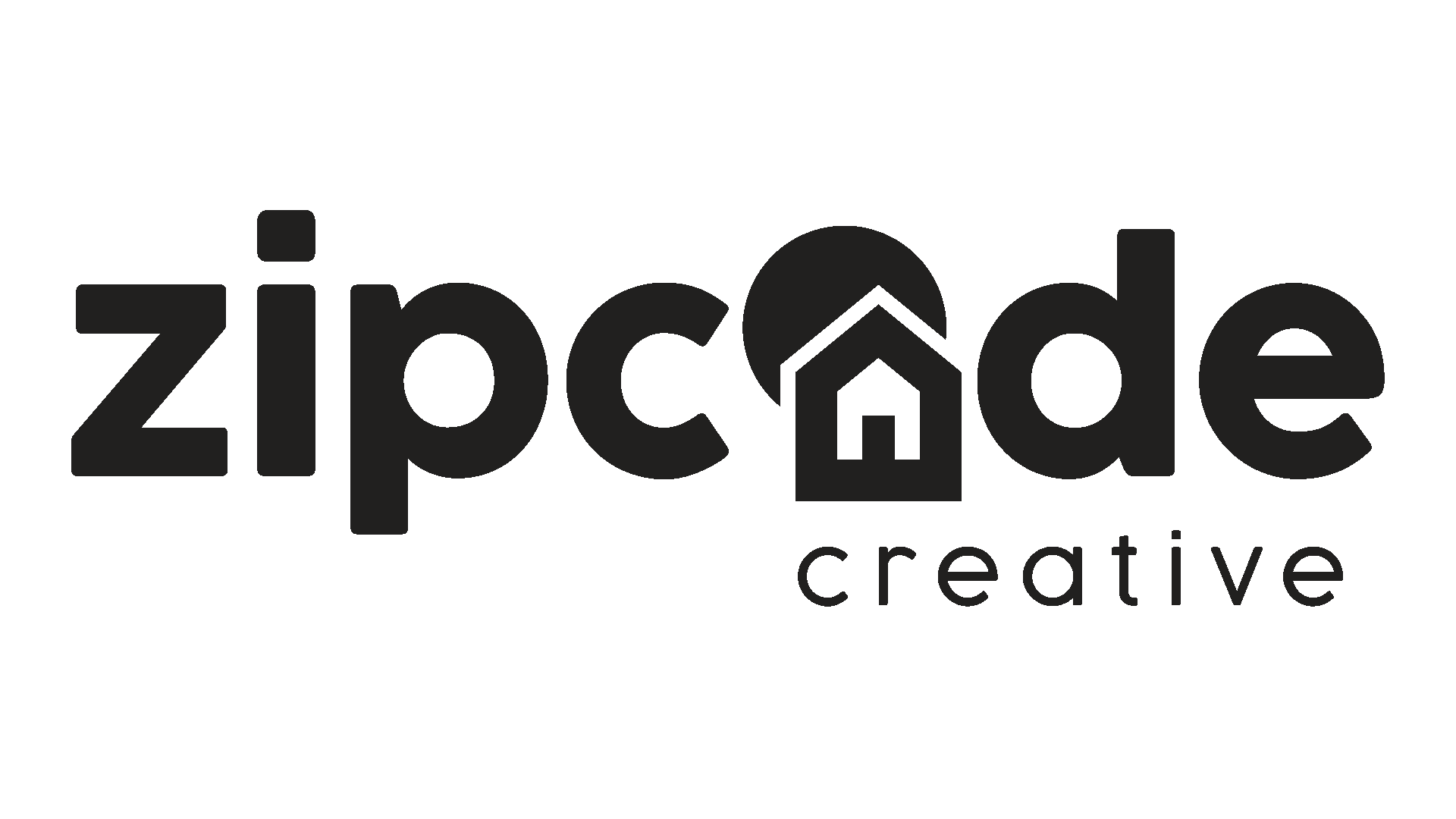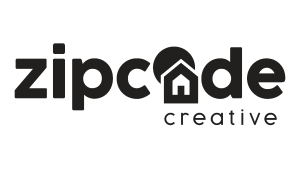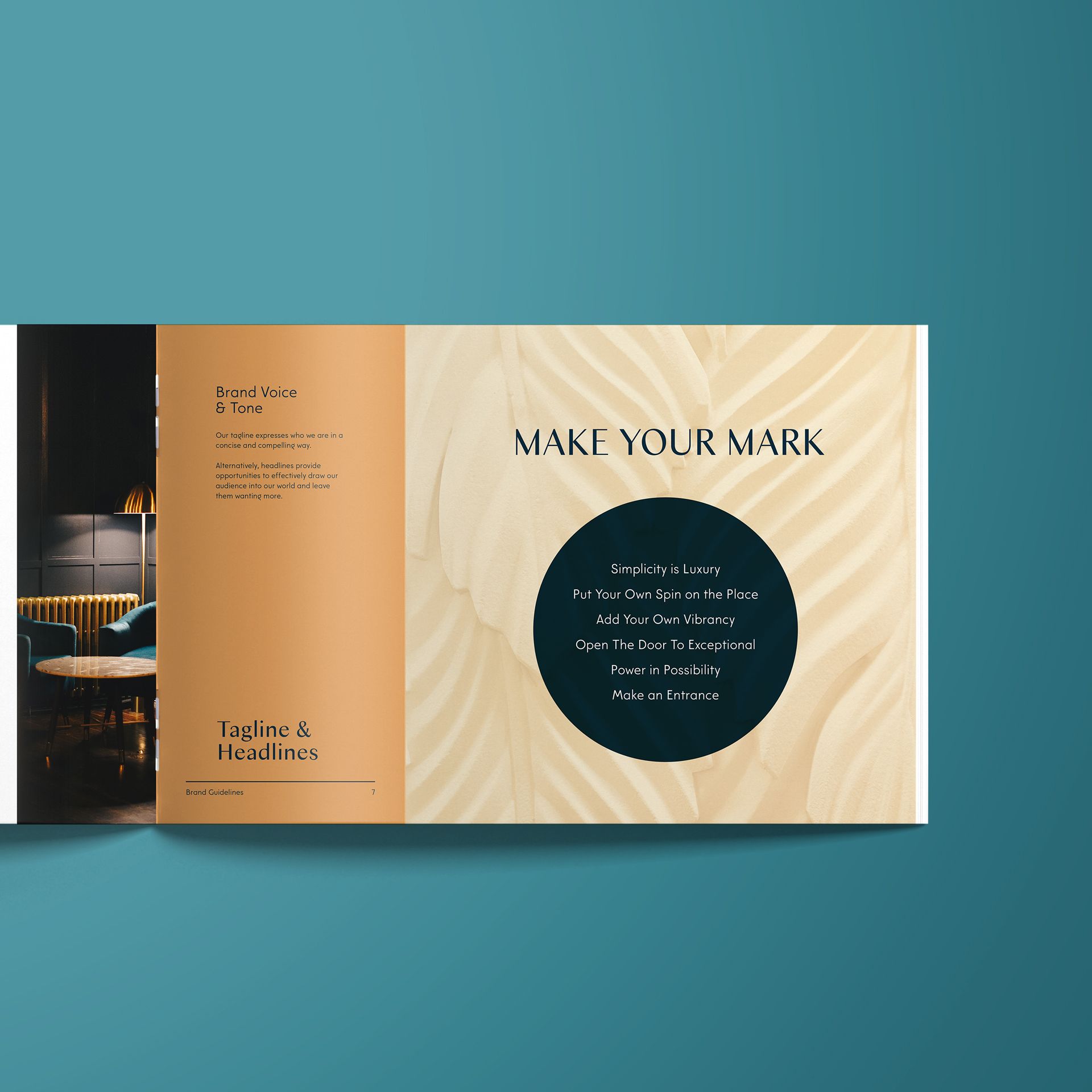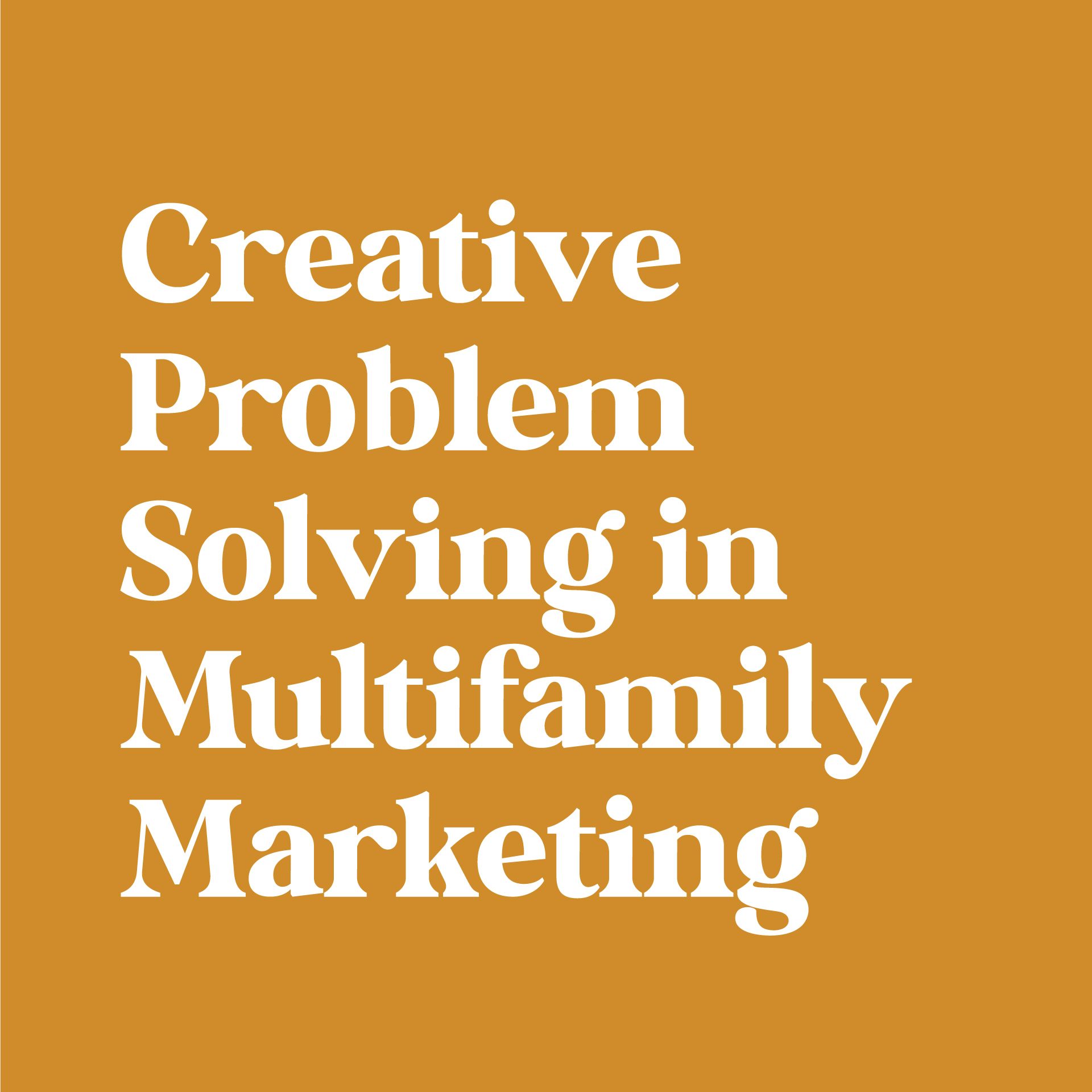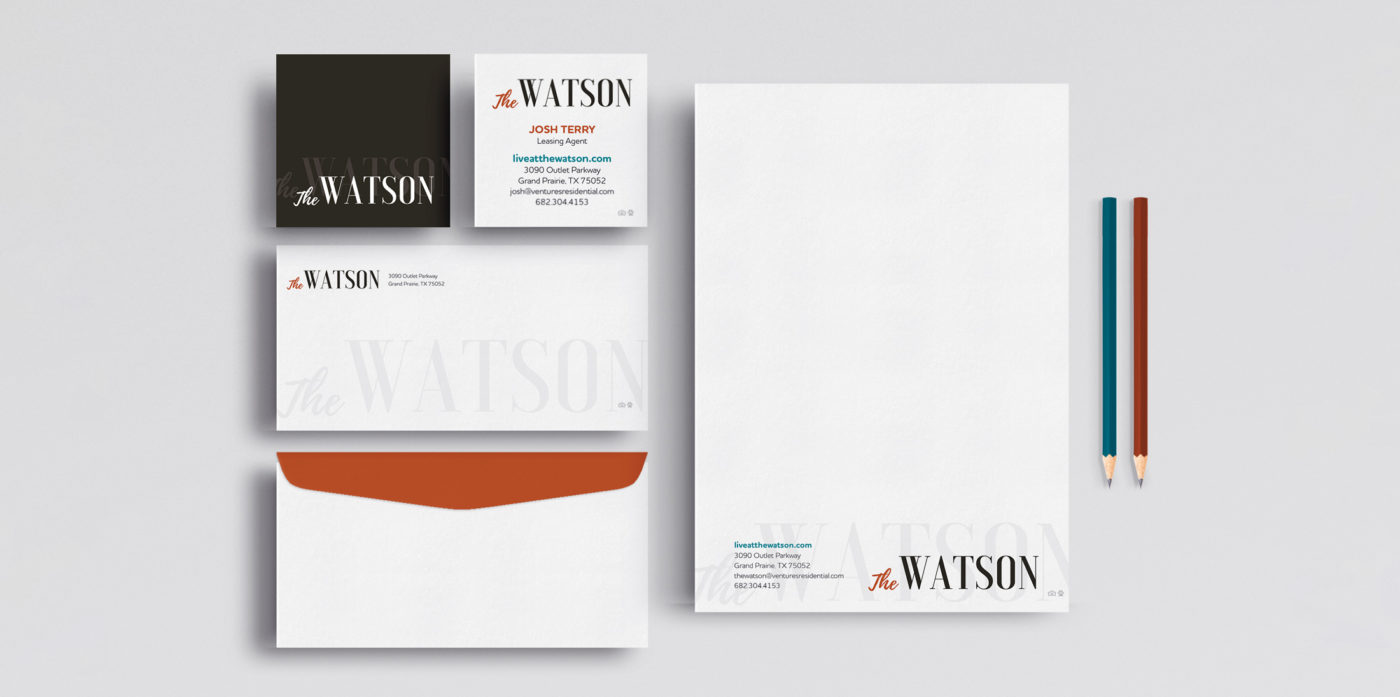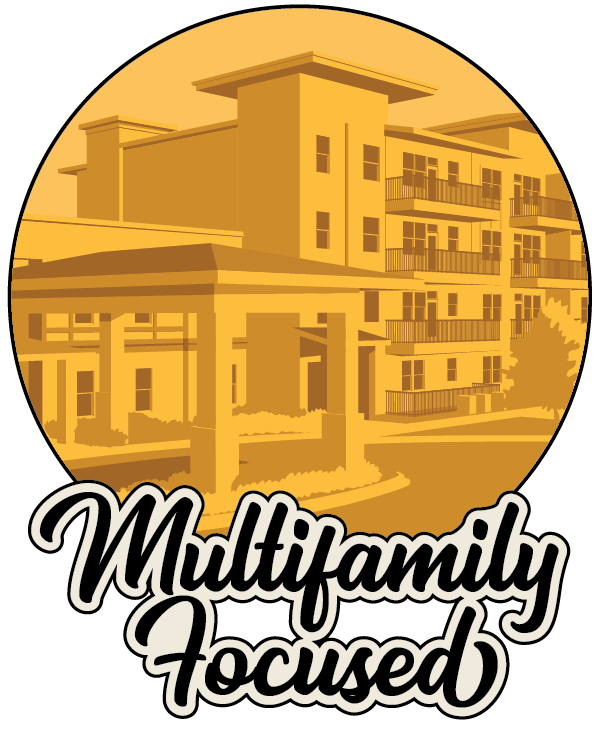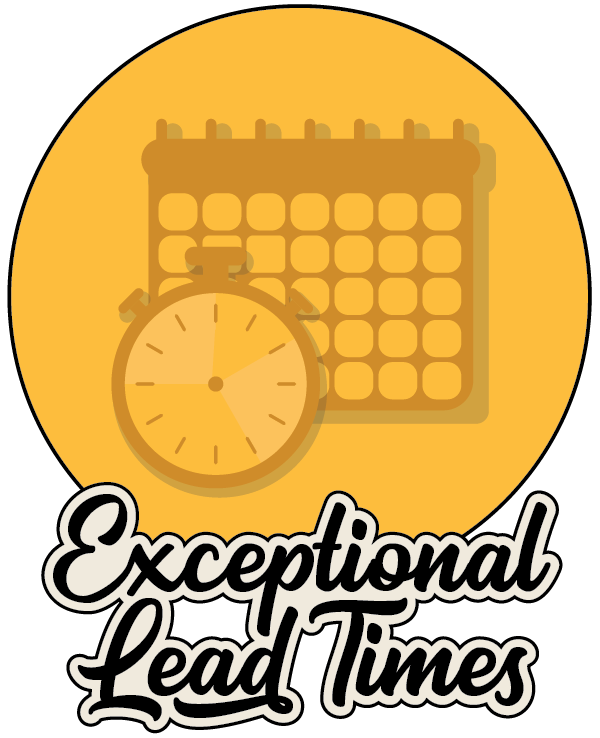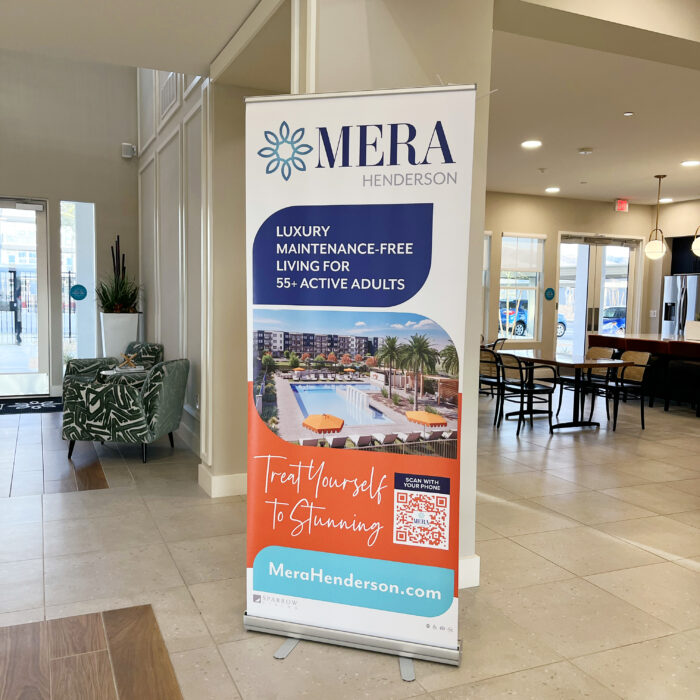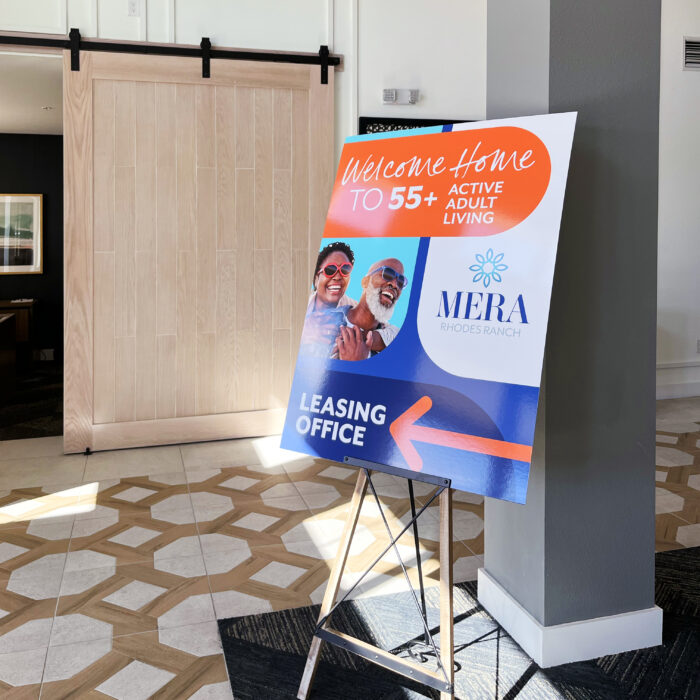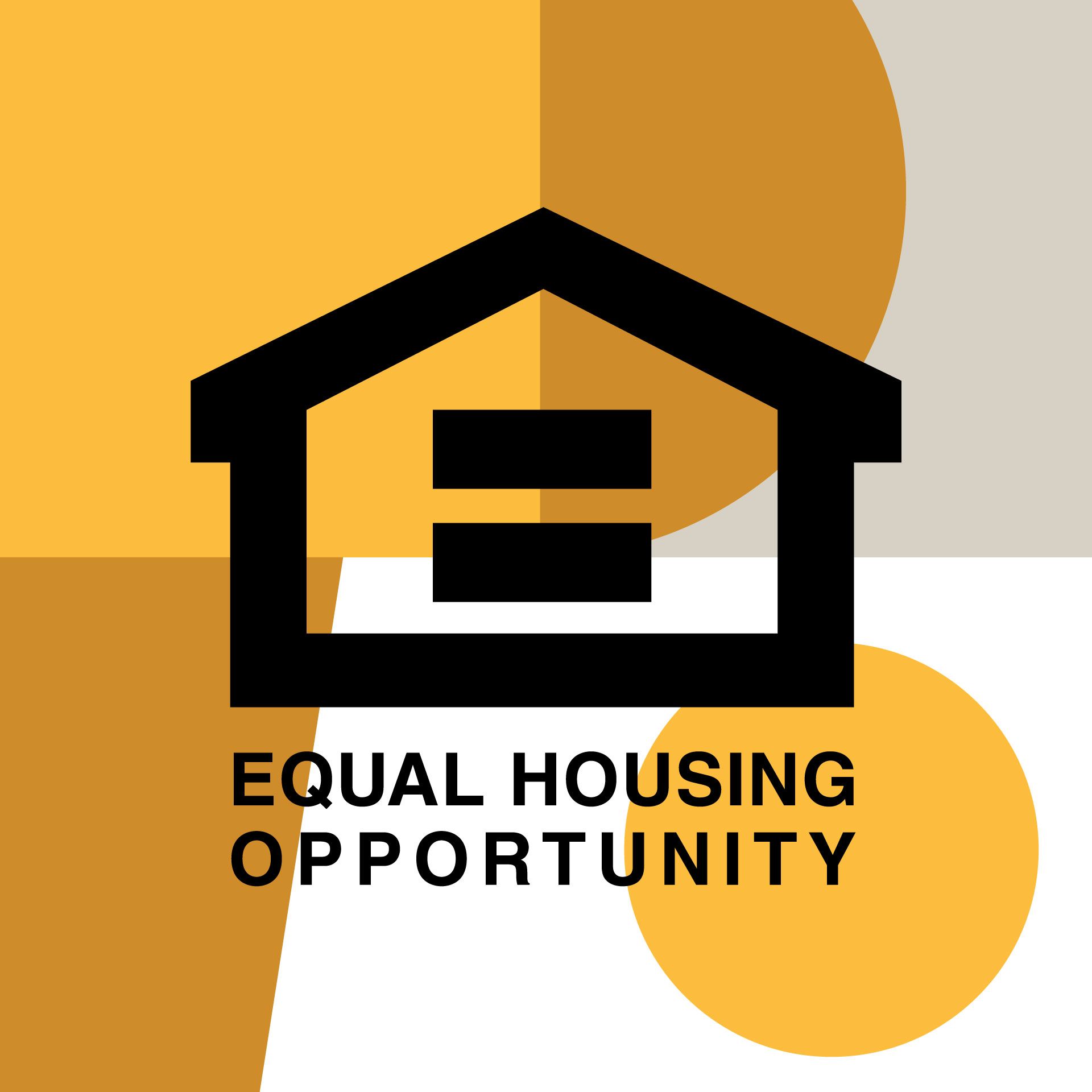Multifamily Copywriting That’s Easy to Read and Grabs Attention
Reaching your ideal resident through the written word isn’t a huge secret; it’s just knowing how to write easy to read multifamily copywriting. There are five tips that will help you get there, fast.
Speaking of fast…
1. Write for Short Attention Spans
This means short sentences. Imagine you don’t have a lot of time. Maybe 5 minutes. But you have something you want to look up, and the solution is right there, ready for you. And it’s nice and short. Great! That’s all the resident wants.
Another good thing to remember? If you want to grab their attention, get it quickly. And then tell them the rest, quickly. (Take food blogs—they’ve become a joke for the amount of content and backstory given before they get to the actual recipe.)
Imagine you’re trying to tell a 10-year-old about your community. You don’t have to talk at them or over them. Just write easy to read marketing copy: explain it in an understandable, interesting way.
Since humans now have an average attention span shorter than a goldfish (8.25 seconds vs. 9 seconds) it’s best to get to the point—now.
2. Write Scannable Text
Not long-form prose or the next New Yorker article. Write so that it can be read quickly.
- Bold, italicize, or underline different sections.
- Use bullets or number your items.
- Use the enter/return button often
- Write brief, bold statements. (A balance of long and short sentences is okay, but lean toward shorter ones.)
- Be absolutely clear: Don’t leave anything to the imagination.
People spend, on average, over 3 hours on their phones every day. It’s a small screen. That’s where you’ll be reaching them, more than likely. And you only have their attention for a moment, so you need to make it worth it—whether you’re writing copy for a brochure or sending an email campaign for your newest leasing special.
Another tool? Use graphics to break your text up into digestible chunks.
3. Use Simple, Familiar Words
This is not the moment to show off your word skills. Write so your reader can understand. If you’re using a word they have to look up, that’s ineffective. And it takes their time and attention away from the main event (your message). Always write easy-to-read marketing copy, not essays or novels.
It’s okay to stretch your reader in other ways, but when it comes to work, simpler is better. Or, if you have to use a more complicated word, be sure to add plenty of context to clue them in. Reading about your community shouldn’t be a chore. It should feel like they’re getting to know you, word by word—instead of struggling to get through the content
4. Cut the Fluff
Too much content? Sharpen your sentences to say exactly what you mean. There’s a big difference between trying to say something and just saying it. Once you write your content, get your red pen out—there will be plenty to cut, while still portraying the gist.
Not sure what to cut? Read it outloud and you’ll hear where it’s too long or too wordy. There are typically four kinds of words that go into a sentence. There are three that don’t help. Take them out.
Instead of using adjectives and adverbs, use better verbs.
Carefully designed apartments→Crafted apartments
Instead of using words that have been around the block tell the story better.
Don’t say “unique”— give your audience the evidence of your community’s uniqueness.
Instead of using connectors, get to the point.
Therefore, those words should disappear.
5. Simplify Long Sentences
What does that mean? Understand who you’re talking to, and who’s reading your content. Another bonus of simplifying long sentences is that your content gets tighter and has more punch.
Example
Attempt: “We would really love for you to come take a tour of our community.”
Better: “Come tour our community!”
The second sentence works better because it’s shorter and gets to the point faster without losing any meaning. Everyone can use an editor. A great editor will get your words down to the absolute essence.
Another fun trick:
You can cut the word “that” a lot of the time that you use it. Er—most of the times you use it. See?
When you have a piece that needs plenty of copy, you should write easy to read marketing content for your community. Otherwise, your verbal identity is wasted and your visual identity and entire brand can get ignored. If you’re on the lookout for punchy headlines and tight messaging for your multifamily copywriting, reach out. We can help.
